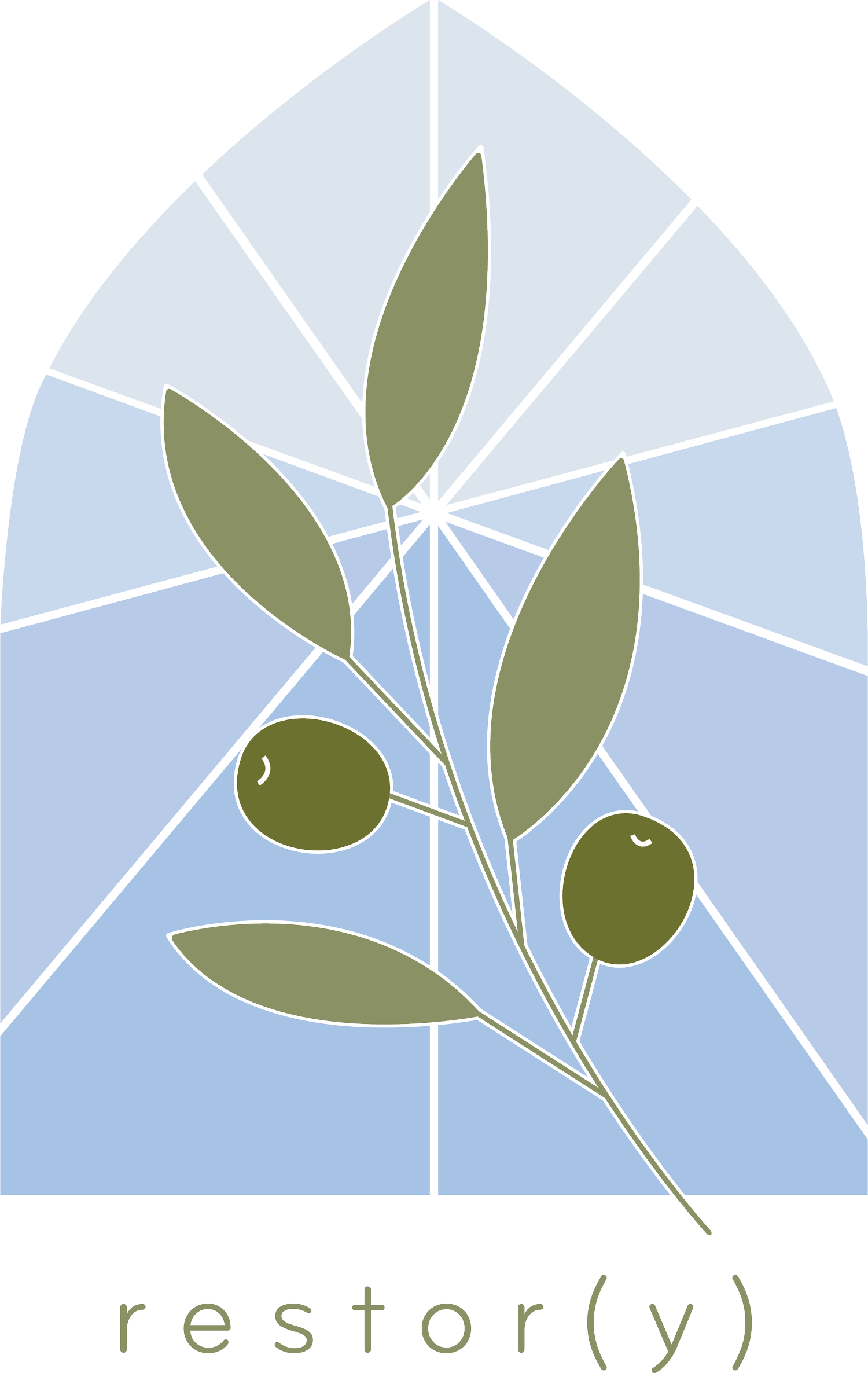Unnatural Church Disasters
Church trauma. The phrase often feels paradoxical. Can trauma truly occur within the church? At the hands of the church? Many of us know it indeed can and does. We have experienced the sharp pain of religious trauma, we know its lingering sting. We have seen the harm caused to those we love by individuals who were supposed to be representing Christ. There is often no pain deeper. Why does this form of suffering hurt so much? There are many reasons, today I want to help shed light on why trauma within the church has such detrimental impacts not only on individuals but on the entire community of faith that experiences it. Religious trauma is often collective trauma and understanding why the pain is felt so deeply by the community is of great importance for walking towards healing. To help us understand this, we’re going to take a moment to learn from sociologist Kai Erikson and his book, A New Species of Trouble: The Human Experience of Modern Disasters. Though this text was written three decades ago and does not refer to the church, the insights shared remain true today and are of particular importance to understanding the modern disaster that is religious trauma.
As per the title of this book, Erikson is seeking to describe what he calls, “a new species of trouble.” He draws a distinction between natural disasters, things like earthquakes or floods, and unnatural, more human related disasters, things like toxic spill or community wide harm at the hands of a corrupt leader or individual. Throughout various case studies, Erikson presents the findings that unnatural disasters cause deeper levels of emotional pain than natural disasters. Consider this quote from the book, “The damage done by the event (unnatural disaster) is bad enough, but the fact that it was the result of human agency - that other human beings caused it by acs of malice or inadvertence - adds appreciably to the feelings of injury” (Erikson, A New Species of Trouble, p. 94). There is something about the involvement of other people in the disaster experienced that makes the harm all the more destructive. There are not only physical impacts, like the destruction of property or the loss of material goods. With unnatural disasters there is a loss of trust in our fellow humanity. When we begin to consider what this means in regards to issues of internal church disasters, it is no wonder congregational trauma is so damaging.
Consider a congregation who rallies together to fundraise money to lay the foundation of a new church building only to discover that the treasurer embezzled the funds. Not only do the congregants lose the money they sacrificially gave, but their trust in the leadership of the church and one another is shaken. Or think of the faith community whose charismatic and loved pastor bullies and manipulates individuals behind closed doors. Slowly a trickle of church leaders and attendees leave, accusations against the pastor are brought, and a church split ensues. Not only does the church lose its unity but now there is a culture of distrust and need to blame those on either side of the split. Though natural disasters come against churches as well, the truth is, when a hurricane rips through a church building it is devastating, but often the congregation comes together with a new sense of unity to fix their beloved church home. Unnatural disasters do the opposite. The building may remain intact, but the community is shattered. Unfortunately, repairing a physical building is often much easier than restoring the emotional trust needed to form a healthy faith community.
This insight into trauma caused by unnatural disasters is essential for understanding how to help churches heal from collective congregational trauma. Though it is true that it is not an easy road to healing ruptured faith communities, it is not an impossible road. This is especially true when we remember that we serve the God of reconciliation who is constantly working to reconcile all things. When we set our eyes on him, and take to heart what we learn from those like Kai Erikson in the field of trauma studies, we can find the path forward. In light of today’s discussion on the depth of emotional pain caused by these unnatural disasters, I want to offer two practical steps we can take to finding healing in our churches:
Refuse a “Get Over It” Mindset: The truth is when the damage done is emotional and relational, when it causes a breakage of trust, the path to healing is long and slow. Those who wish to simply “forget it and move on” or want others to “get over it” will miss out on real healing. If we truly desire to move our churches towards healing we will choose to take the slow road. We will address not just material or physical losses, but the deeper, emotional losses.
Prioritizing Restoring Trust: Trauma therapists continuously emphasize the importance of establishing safety in the trauma healing process. When we have been harmed, we must feel safe before we can engage in any form of healing. When we consider collective trauma caused by unnatural disasters, a significant component of this safety will be found in restoring trust. If you are an outsider helping facilitate healing, do not be surprised if you are met with suspicion rather than welcome (particularly if you are a pastor and the harm done was caused by clergy misconduct, in those cases, trust in pastors is particularly shattered). Rather, seek the Spirit’s leading in helping mend the trust that was shattered.
Time and trust. When we emphasize these two things, we can more effectively help churches move towards healing from congregational trauma.
